
Local bike shops (LBS) are dropping faster than a clutchless chain from a 1x drivetrain, while women are poised to drop men when it comes to “the business” of bikes. In part 1, we discussed a flailing local bike industry amidst the rising of a new majority of bike owners–women. Although most bike owners are now women, the majority of them do not purchase from a LBS. Why? And how can independent bicycle dealers (IBD) help themselves by better serving an underserved cycling population?
What Women Want
In Fall 2014, Women Bike, The League of American Bicyclists’ women’s advocacy group, gathered data from U.S. IBDs to determine how shops can bridge the gap between current flatlining male-driven models and a rising number of women cyclists. Women Bike concluded with “Seven Keys to Success” published in their report “Bike Shops for Everyone,” aimed to assist shops in understanding how to appeal to, support, and retain more women customers. The following is a summary from Women Bike’s findings (full report here), input from bike industry females, my own take, and pro mountain biker and women’s advocate, Amanda Batty, about what women want from their local bike shop:

1. Challenge assumptions about women and cycling
“It’s no fun having to explain why I want a triple on my road bike… Or why I didn’t want clipless pedals when I bought my first mountain bike… The (unstated) reaction is often that I’m a wimp who doesn’t know what’s good for me.” –Ladyfleur.bike
It’s what really grinds Amanda Batty’s gears, and she calls it “the little lady syndrome.” Despite your knowledge, skill, or experience, shop staff feel the incessant need to question a woman’s choice on gear ratio, debate her decision on shorts, or commence a lecture on why a certain lube is not going to work for her. And yes, these are specific real-world examples from Amanda… you know, the pro mountain biker.

And then there’s this…
“Female cyclists do not generally need to push their limits, race against time, and increase their adrenaline when riding… They just want to enjoy the time spent in nature on the bike and their expectations from the bike are completely different than men’s. They look mainly for safe, easy, and of course, stylish bikes… specially designed by women for women.” –Superior Bikes*
Do not confuse women with beginners, do not dumb it down for her, and do not force knowledge. Do not assume she wants to know everything about the bike. Some want to know how everything works and some are perfectly content bringing a bike in to let the shop fix it. Leah Benson, founder of Gladys Bikes, a women-focused shop in Portland, OR sums it up nicely, “Ask a lot of questions, make NO assumptions. You (the shop) are their guide.”
“Just as there is no ‘average male cyclist’, there is no ‘average female cyclist’. There are beginner cyclists, mountain bikers, dirt jumpers, XC riders and downhill riders, and there are intermediate riders, expert riders, and pro riders… Of EVERY gender.” –Amanda Batty
2. Sponsor women’s racing teams and events
“The camaraderie women experience on a team keeps them investing in the sport, and they are most likely to invest their dollars at a shop that has invested in them.” -Liz Cornish, Women Bike
Bike shops are uniquely positioned to support a sense of community among the spectrum of cyclists that no online or discount store can offer. When that community grows, so does the shop. Speaking events, ladies nights, women’s-only race teams, and women’s-only social rides strengthen the community. Formal gatherings show people why an LBS is more than just a place of business, allow newcomers to learn from the experienced, and bring more people to the shop, which leads to more sales.

3. Host women-only clinics
Many women prefer to learn in a women-only environment, and some are comfortable no matter what the group’s gender make-up, as long as the staff is knowledgeable and understanding. From basic repair classes to nutritional counseling, when a shop invests time and effort into education it informs customers of what they need while building a lasting relationship with people, giving them more reason to purchase from the shop.
On the importance of shop gatherings, Leah Benson says, “Clinics and events create community, making the shop more than a place of business, but a place to convene and connect with one another.”
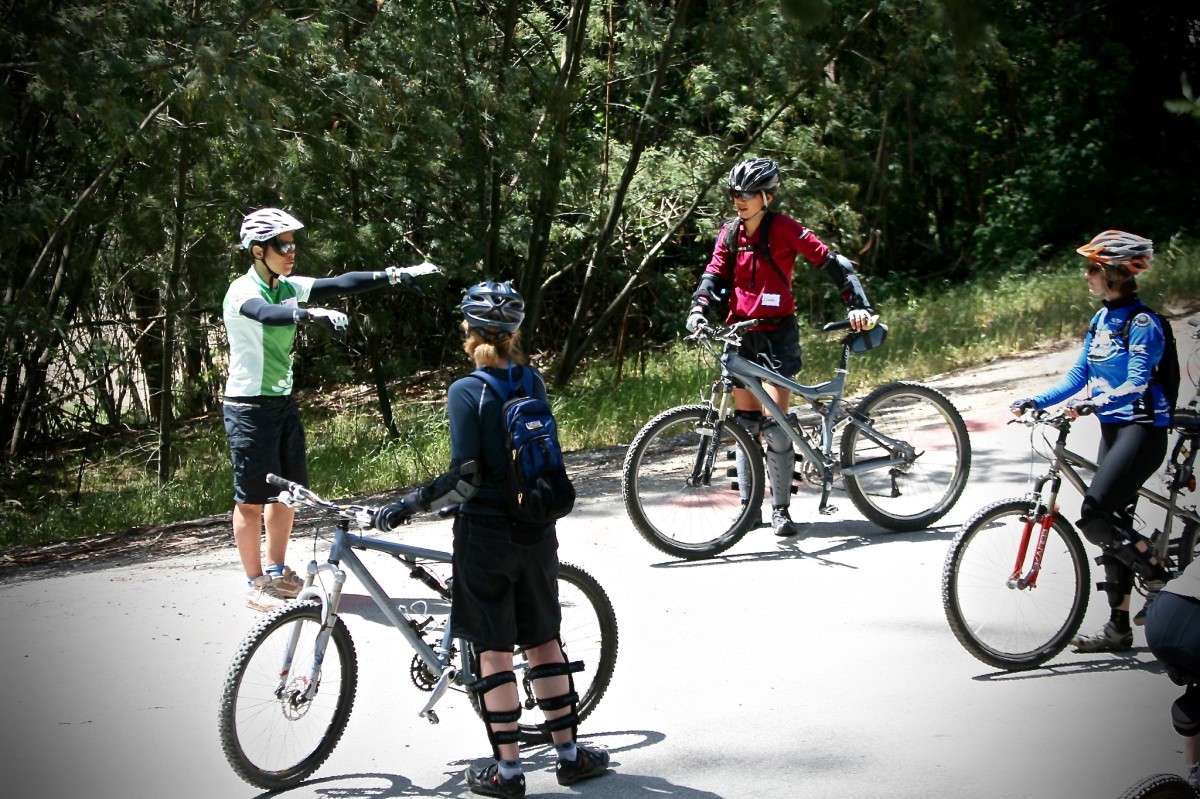
4. Hire more women
Getting more women customers into the shop also means getting more women on the other side of the sale (and the workbench!). Whether it’s clothing, components, or complete bikes, some women just want another woman’s perspective, and research has shown the correlation between female employees and female customers is directly proportional.
When asked why women don’t frequent the LBS as much as men, Batty says, “A lot of women kind of get the vibe that bike shops don’t really understand being female… I’m really not going to chat with a teenage boy (or a grown man) about my sore hoo-hah and saddle issues… but it’s important to be able to service every type of client, and most shops simply can’t.”

To shop owners who don’t receive enough qualified female applicants, Women Bike suggests broadening the search criteria. Ask your best women customers if they’re interested in part-time work, seek potential candidates at club rides and races, and consider those who possess other skills that may compensate for a lack in bike industry or technical knowledge. Deanne Buck, Executive Director of Outdoor Industries Women’s Coalition, advises establishing a minimum number of female applicants for a job opening and hold the opening until you’ve reached your minimum.
5. Invest in the shop’s aesthetic feel
It’s one thing to have a couple bins full of charity ride jerseys, ankle socks, and bar ends, but it’s a complete turn-off when the whole shop looks like a clearance rack. Men don’t like over-stuffed, disorganized shops, and women appear to like it less. Keep inventory simple, but broad enough to appeal to a wide enough range of riders, and arrange products so their features are easily identified. Shops are also encouraged to devote at least 30-40% of their floor space to women’s products in order to show women they belong.

6. Collect customer data at point of sale
To determine where marketing is most effective and to foster post-sale relationships for future business, shops must capture customer data at the point of sale. This data enables shops to email receipts, provide post-sale surveys, track purchasing behavior, provide loyalty programs, and inform customers about upcoming sales, group rides, clinics, etc.
7. Welcome newcomers with open arms
You’ve likely been in “that shop” that scoffs at your small wheels, derides your 2×10, or refuses your existence for anything short of boutique branding. Regardless of gender, customers pick up on this type of bike shop bullying. Ensure that your shop does not preclude customers from equal opportunity by adopting an all-inclusive policy, providing regular sales training, and responding to negative feedback.
Batty says, “There’s a wide array of female shoppers, so it’s important to move past gender. At the end of the day, good business is about relating to the customer the best way possible. It’s about connecting with people on a better level–not women, not men, but people.”

Any demographic would benefit from Women Bike’s “Keys to Success,” but certain findings suggest women are being overlooked despite their powerful economic force and position as the new majority of bike riders. As the female cycling demographic grows, it’s safe to say many of them are new to the sport and are intimidated by the LBS for many reasons. Perhaps they think bike shops only cater to seasoned riders, only carry high-end race gear, or are nothing more than He-Man-Woman-Haters Clubs. Maybe some bike shops are like the aforementioned or, at the very least, not investing enough in the new majority.
Perhaps it’s not a question of whether women will rescue the LBS from its impending doom as much as it is whether or not the LBS will save themselves by serving an underserved cycling population.
Your Turn:
Women: What is your experience in doing business with your LBS? What works and what doesn’t? Where can the LBS improve to attract and retain women riders?
LBS owners: How do you rank in your appeal to the female rider? What works and what doesn’t? What holds you back from implementing strategies to better accommodate women cyclists?
*NOTE: the female marketing writer responsible for this little nugget has since publicly apologized and changed the text.





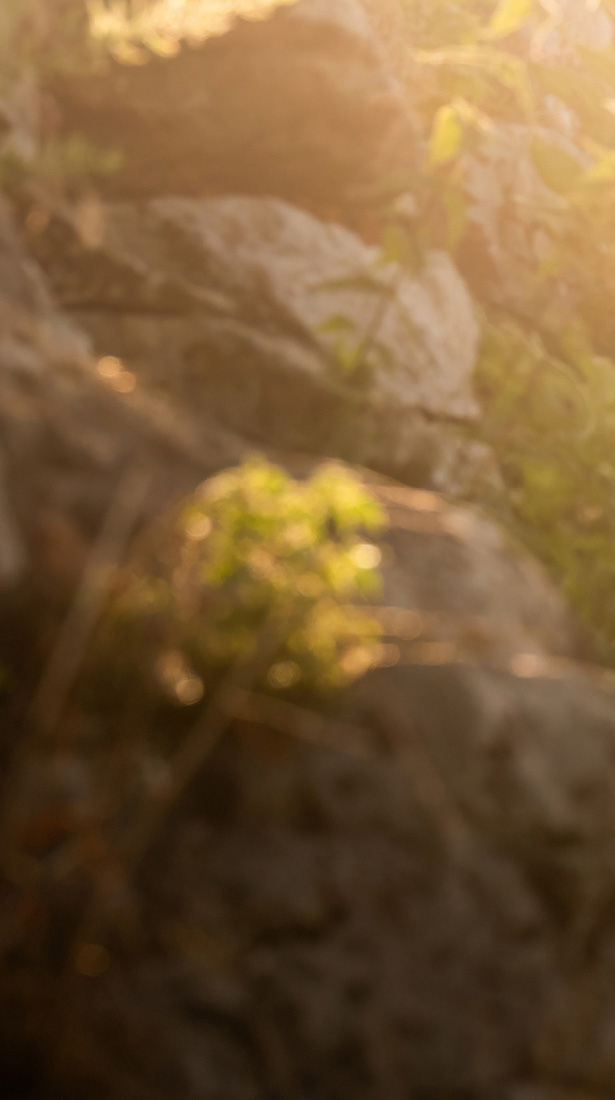
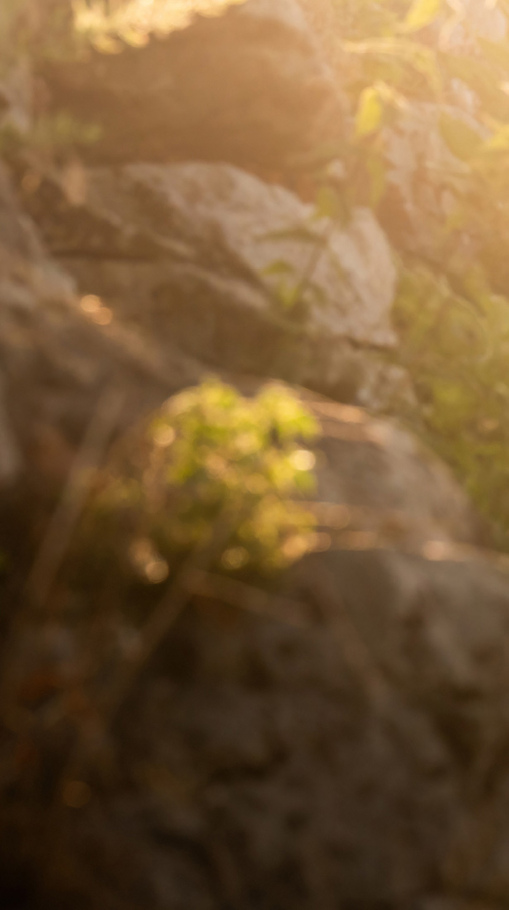
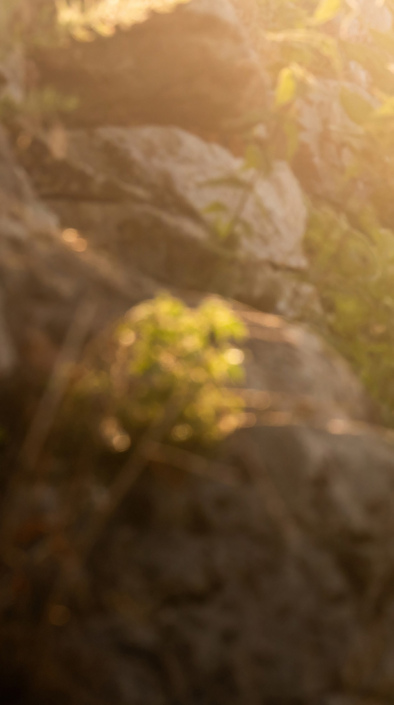
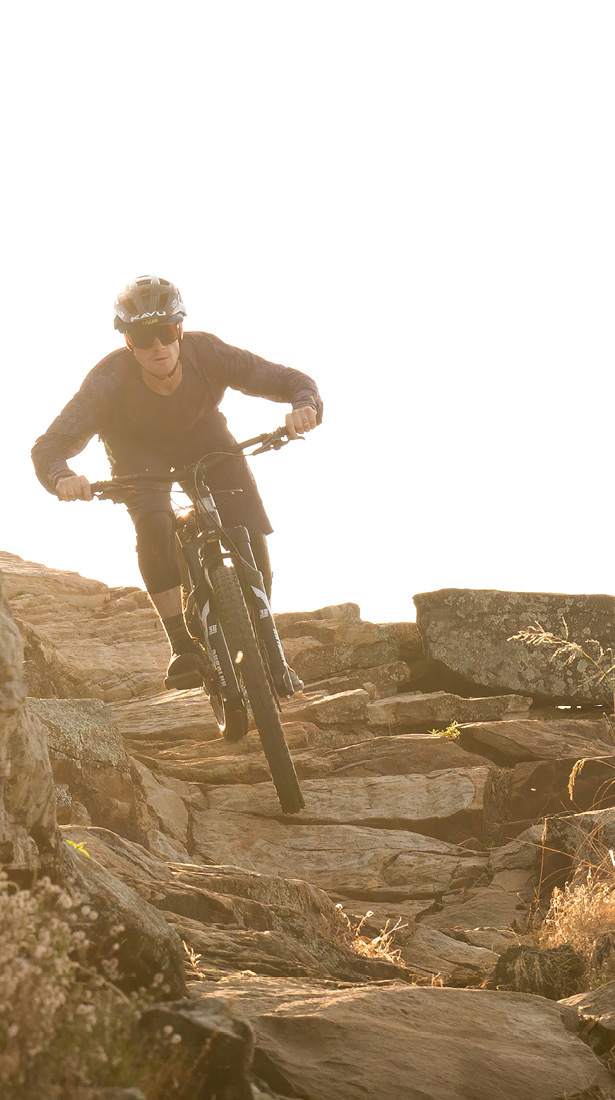

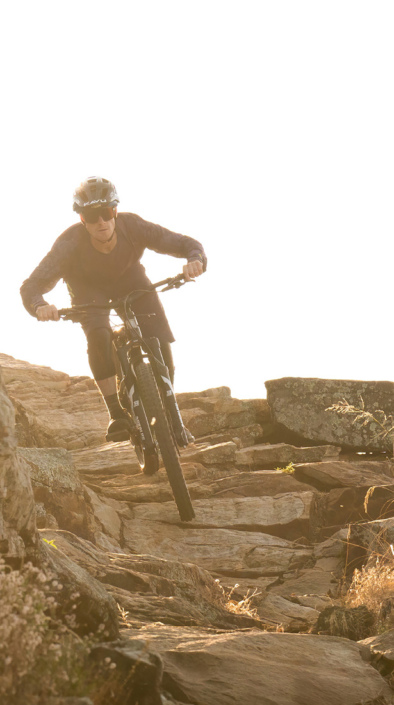


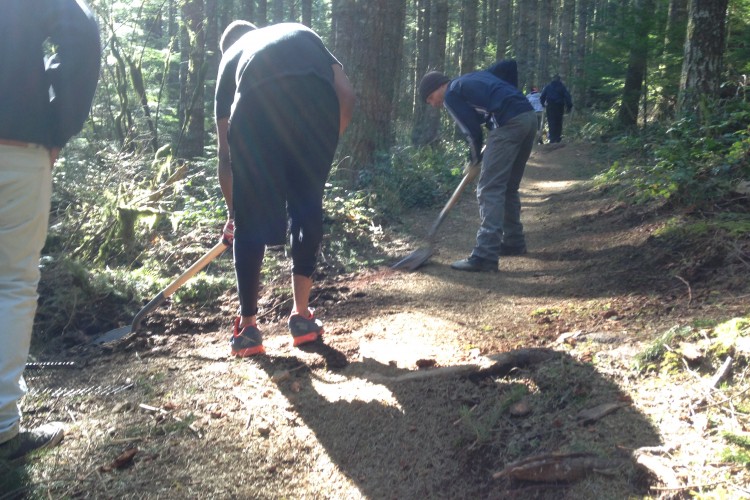
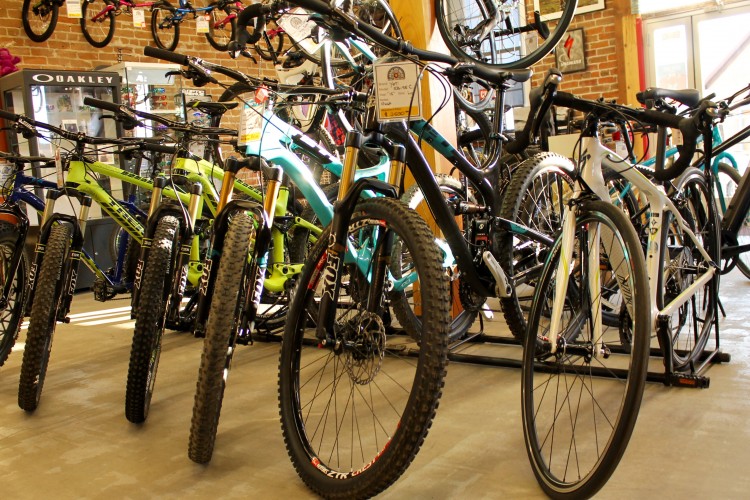
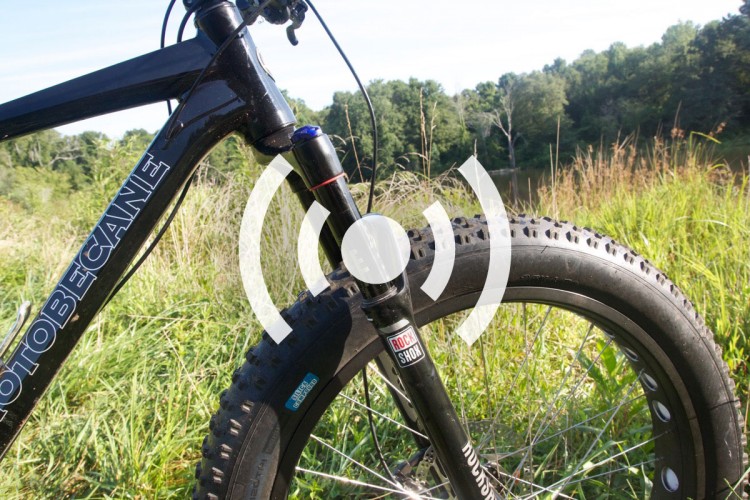
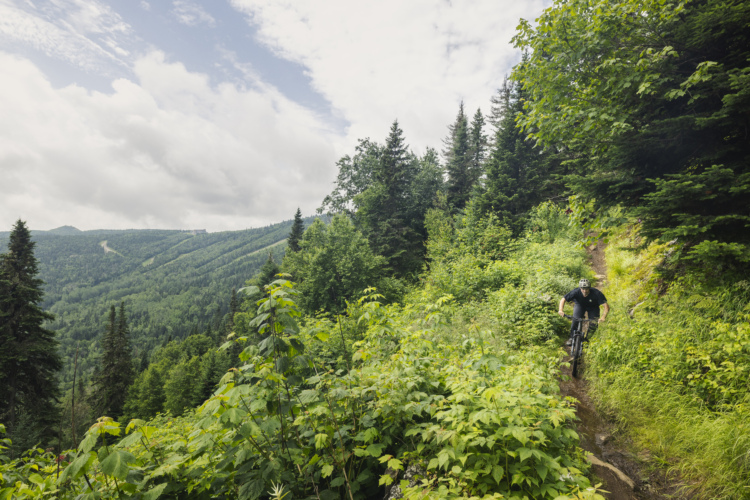
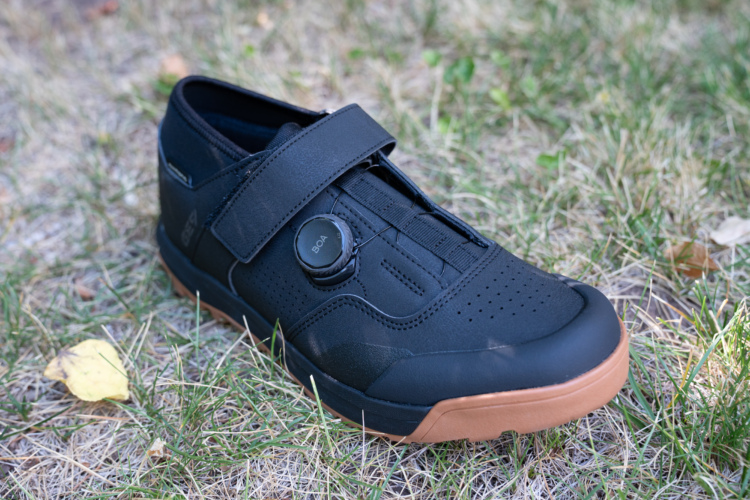
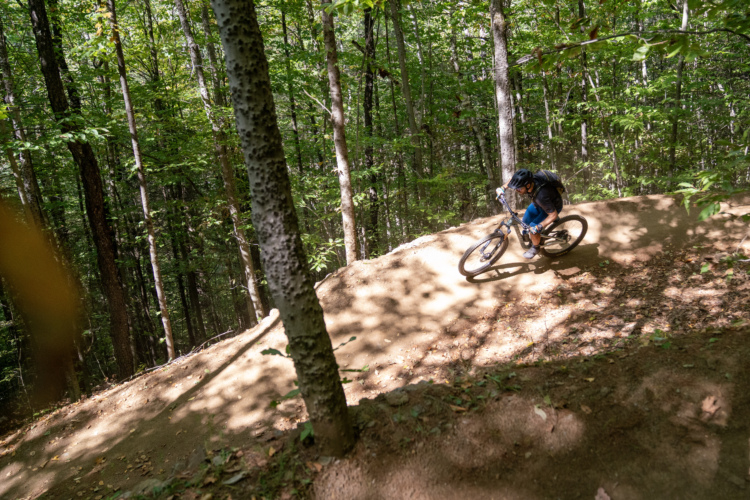
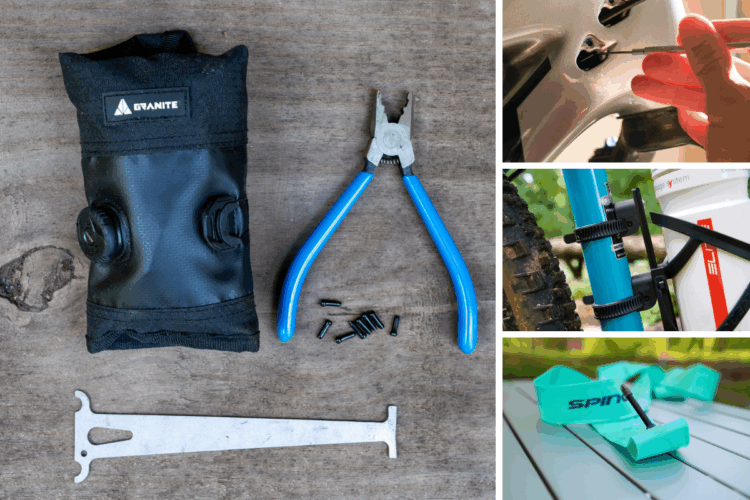

2 Comments
Sep 4, 2015
Sep 4, 2015